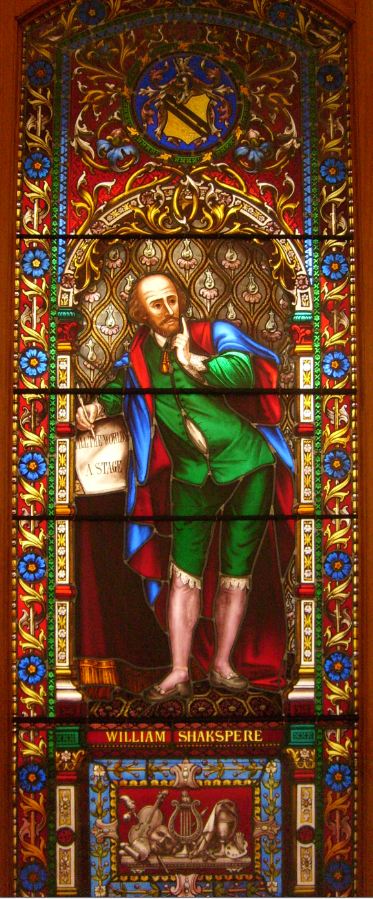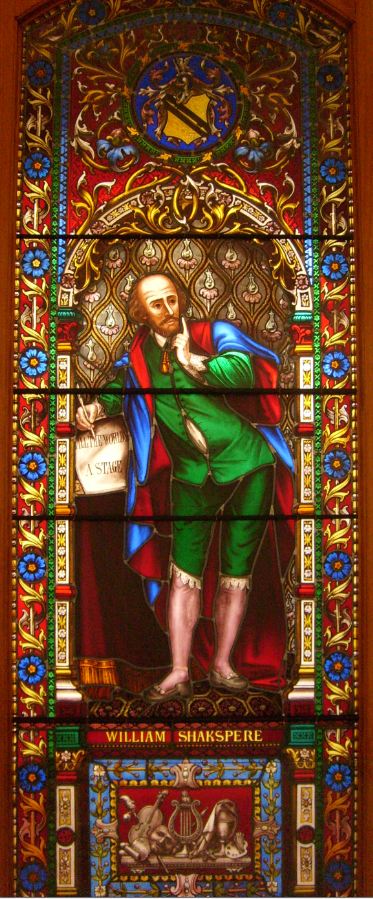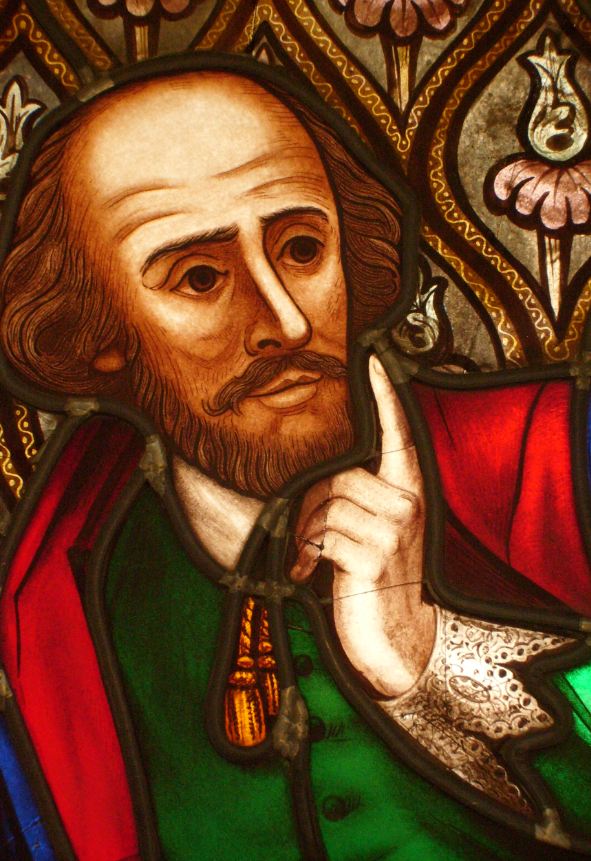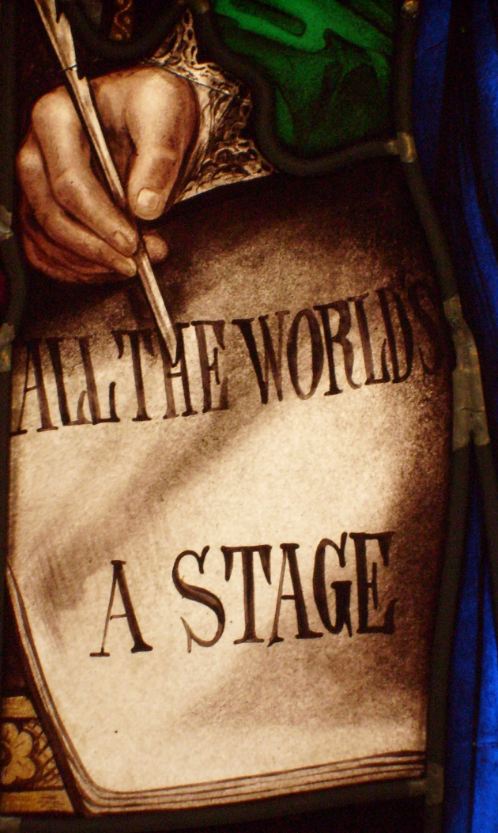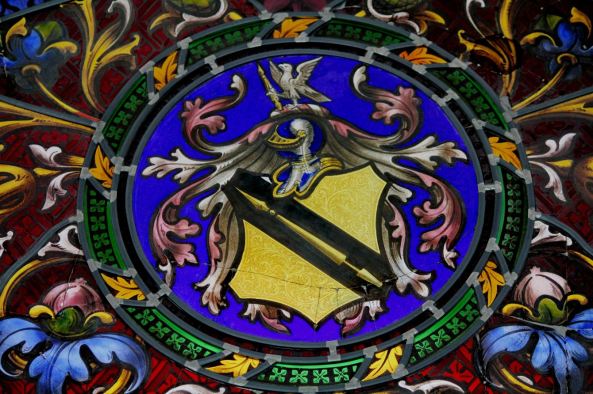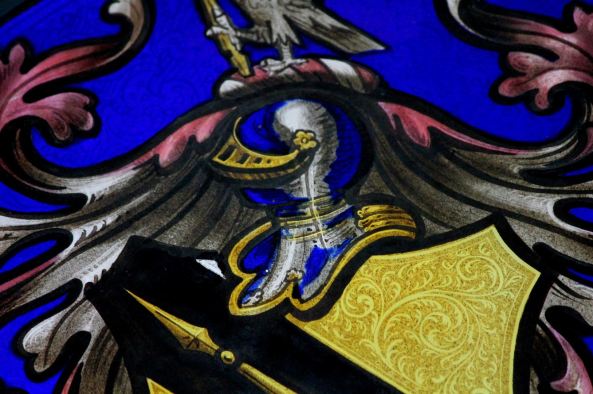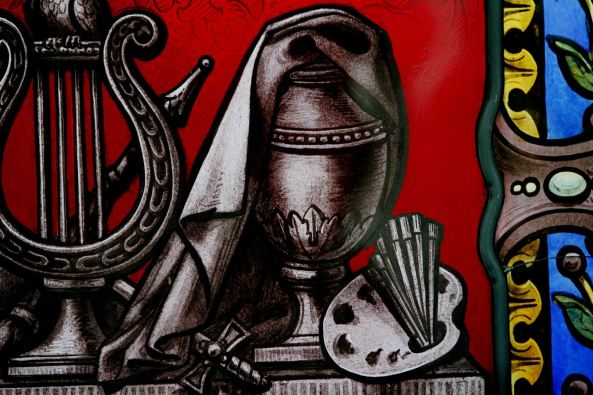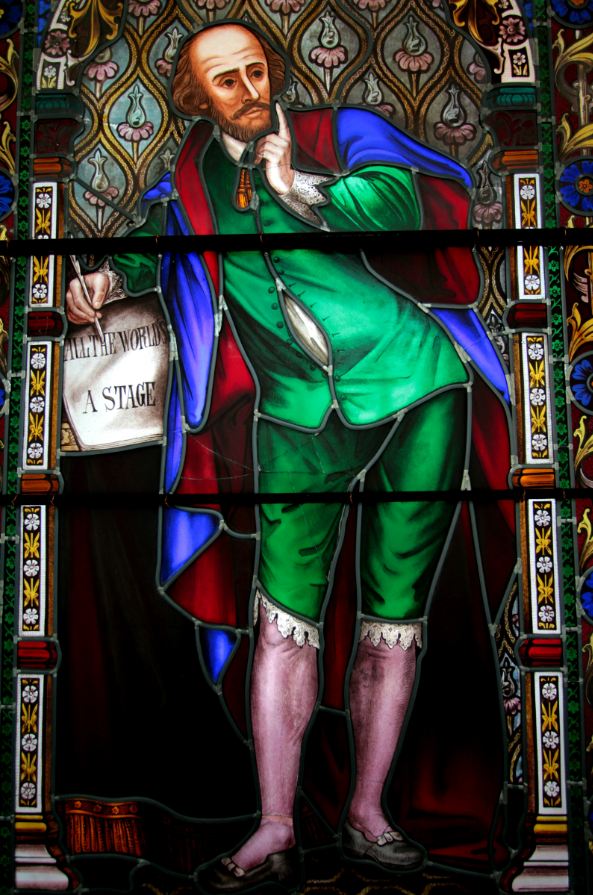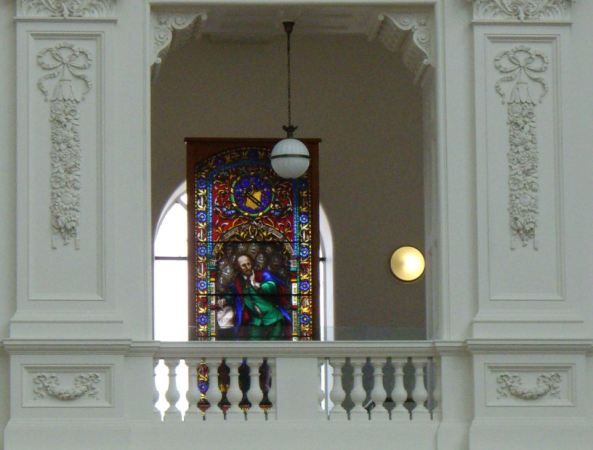The foundation stone of St Stephen’s Church was laid in June 1850 and the incomplete church opened in November 1851. In 1863 the north aisle, designed by Nathaniel Billing, was erected and the west wall rebuilt. The south aisle and chancel were erected in 1876 and the choir vestry in 1923.
The Argus, Melbourne, Saturday 18th November 1876, page 7.
“The Church of England in Richmond celebrated its 25th anniversary on Wednesday evening by a festive gathering in the local hall […]”.
“….The following list of special gifts was also read:- Chancel and stone work of east window at two friends’ joint cost; chancel window, Mr. George Coppin, M.L.A…”
“… The Rev. C. T. Perks, the incumbent, in his address, said that an old friend had, unsolicited, offered to give a handsome memorial window to commemorate the 25th anniversary. The work was entrusted to Messrs. Fergusson (sic) and Urie.…”
There are four instances of Ferguson & Urie windows in St Stephens church:
1. The west 25th Anniversary window (1851-1876) is a three light window with the outer lancets having geometric designs with the year 1851 in the left window and 1876 in the right. The centre light depicts the Ascension in the top half with the words “HE ASCENDED INTO HEAVEN” below it and the letters “IHS” in the lower half. The text at the bottom of the windows reads: ”GIFT OF JOHN AND MARY J PATERSON LONDON, MARRIED JULY 26th 1859″.
The Argus, Melbourne, Vic, Thursday 28th July 1859, page 4.
“On the 26th inst., at St. Stephen’s, Richmond, by the Rev. C. Perks, John Paterson, Esq., merchant, Melbourne, to Mary Jane, eldest daughter of the late William Mungo Glaister. Esq., London.”
2. The east five light window in the chancel was donated by entertainer and politician George Selth Coppin. It depicts a full length figure of St. Stephen, the patron saint of the church, in the centre light. The outer lights, of geometric designs, have in each a medallion of the four evangelists, St Matthew as the winged man, St Mark as a winged Lion, St Luke as the winged Bull and St John as an Eagle. Above the five lights is a roundel depicting the Agnes Dei or Paschal lamb carrying the flag of St George and is surrounded by six round lobes of flora with the heavenly Dove in the top lobe.
3. On the South side of the church there is also a quatrefoil window that depicts the holy dove within a Hexagram, or Star of David, and surrounded by floral designs.
4. On the North side there is a quatrefoil that depicts the gold crown in the centre of floral designs.
Related posts:
12-07-1862: The Shakespeare window at the Haymarket Theatre, Melbourne (also commissioned by Coppin).
External links:
Biography: George Selth Coppin (1819-1906)
Obituary : Coppin, George Selth (1819–1906) (I submitted this transcription to Obituaries Australia on 13-03-2012).
Short link to this page: https://wp.me/p28nLD-pn
